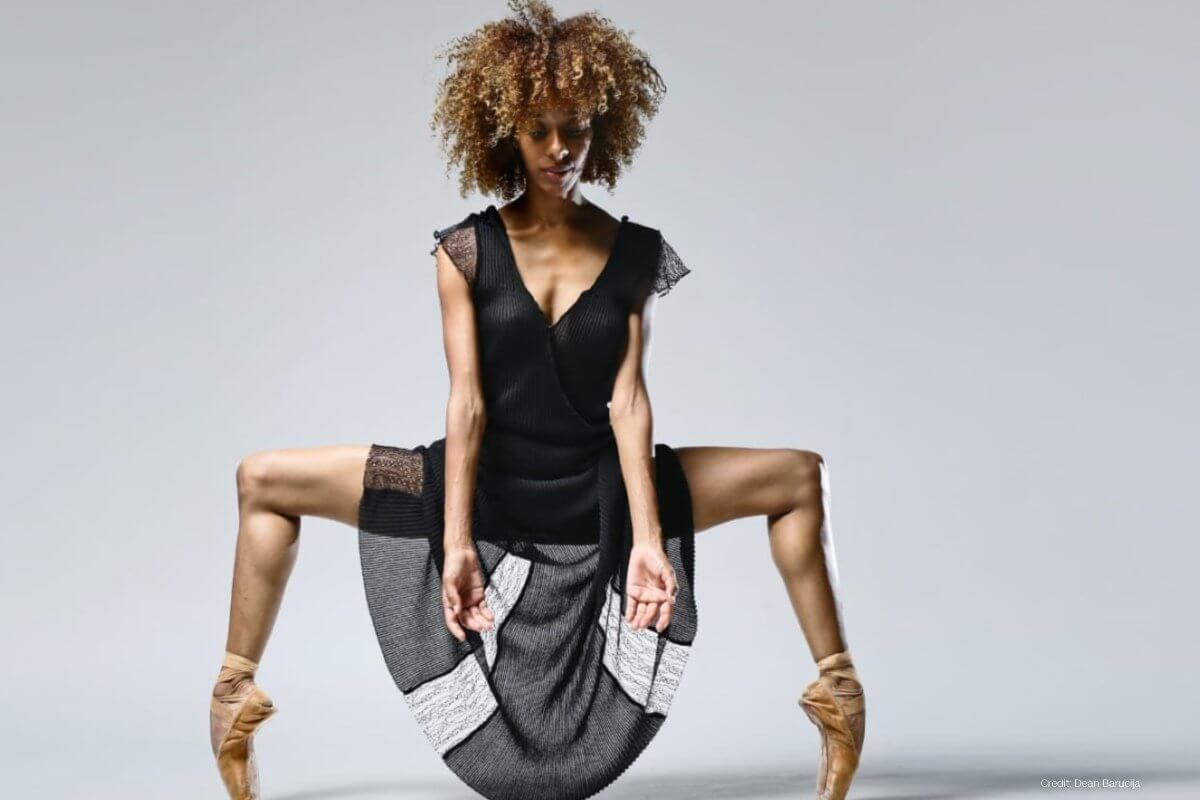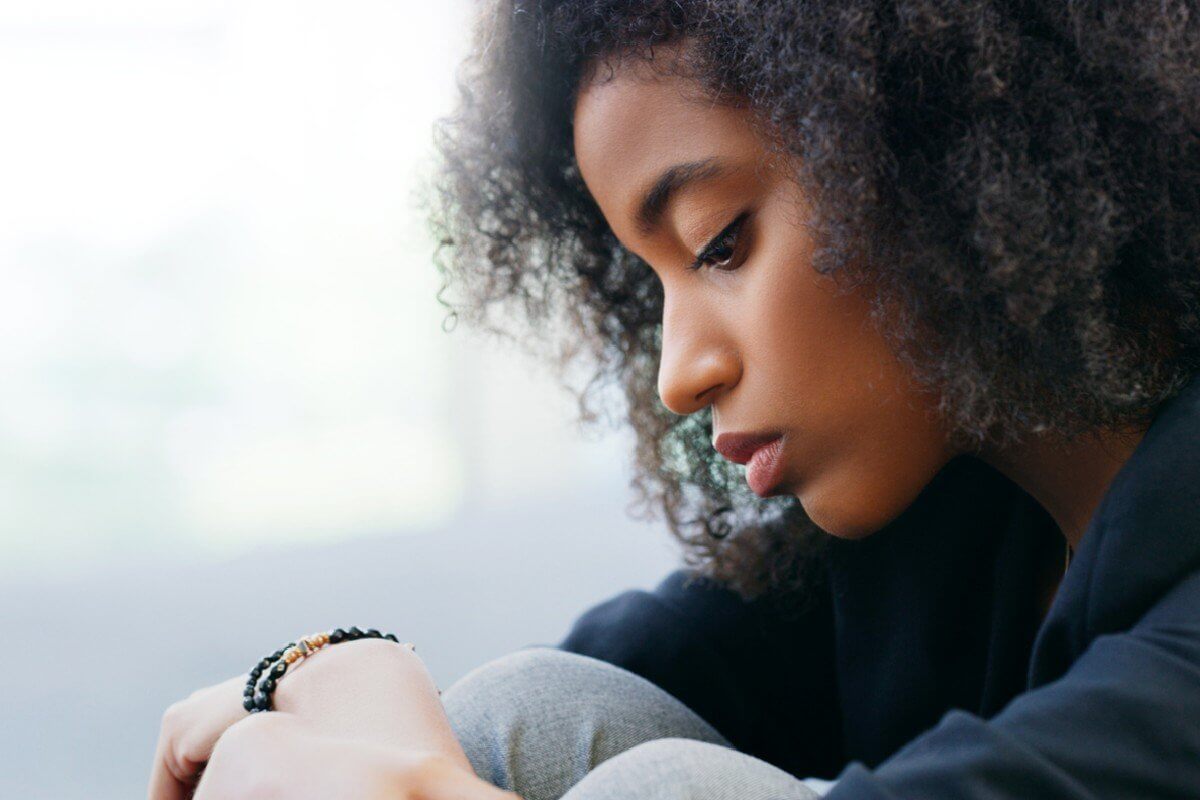Dance is an art form meant to transcend music through movement. Many girls explore this activity at a young age and it helps improve performance skills while teaching the practice of self discipline. The dance world, however, does not provide many places for young Black dancers to feel comfortable in their own skin.
An art form rooted in eurocentrism, Black dancers are often subjected to insults, ostracism, and overall negative treatment from their instructors and peers. In a constantly evolving society, it’s important to address the dance world’s diversity issues in order to foster a safer environment for future Black performers.
Whether it’s ballet, modern or hip hop, the dancer’s body sits at the center of the performance. The traditional notion that a dancer must be slim places pressure on young girls to achieve and sustain this body type. Dancers become fixated on thicker parts of their bodies; their revealing leotards and tights magnifies this. This over-analysis leads to many dancers developing Body Dysmorphic Disorder, commonly known as body dysmorphia. An Ann Clin Psychiatry 2012 study assessed 19 Brazilian professional ballet dancers. Results from the study show that three had a lifetime diagnosis of anorexia nervosa and two had a current diagnosis of body dysmorphia. These results illustrate the harmful lengths dancers will go to in order to achieve the respected dancer’s body. For Black dancers, however, this issue runs deeper.

Jordan Wynn, dancer and NYU Tisch graduate, dives into some of the harmful comments she received from teachers at her former dance school during her interview on The Court. Her teachers often commented on how her muscles contributed to her body’s lack of grace from as young as 11 years old. In this regard, she said: “A part of me wishes that there was more sensitivity to my identity.” Wynn’s body developed at a quicker pace, giving her more shape than the other dancers around her. Society often punishes Black girls for the way and the pace at which they develop. In schools, authoritative figures enforce dress codes more strictly on them and also tend to view them in an adult lens. Wynn felt the weight of this scrutiny and as the only Black girl, she felt that pain alone.
Ballet sits as the staple dance form: training in this highly respected style helps a dancer master its difficult techniques in order to create an easier pathway to learning other dance styles. However, placing ballet at the top of the hierarchy leaves little room for other forms of dance to be regarded in this manner.
Former dancer Nadajah Williams feels that growing up on the East Coast of America kept her from learning dances with afrocentric roots. Williams attended a predominantly white dance school near her home on Long Island, NY, but experienced a dance culture shock when she attended North Carolina A&T State University (NCAT). She discovered majorette dancing and fell in love with the style, resulting in her joining NCAT’s majorette club. Majorette dancing is a style that originated in the South in the late 1960s. This form combines lyrical, West African, jazz, contemporary and hip hop in order to create routines to the rhythms of marching bands. This style comes with its own set of rules and techniques deemed just as difficult as the Eurocentric styles commonly known. Ballet and majorette dancing require the same focus, discipline and elegance; however, only one is seen as highly regarded world wide.
Better education needs to fuel efforts towards promoting diversity; dance authoritative figures need to place more Black educators in their classrooms to properly correct the lack of inclusion. When young Black girls only see their white dance teachers in a world where there’s already a limit on Black role models, it discourages the desire to dance into their teenage and adult years. Black dance educators will fill the gap in role models, aid in introducing afrocentric dance styles and provide the confidence needed in young Black girls to continue dancing.
Tokenism also holds the dance world back from true inclusion. One Black dancer in a school, company, or production should not satisfy the lack of diversity. Only seeing a few Black dancers sends a false message that there’s limited room for them. Diversity is not a quota system, it promotes the inclusion of dancers with a multitude of shades, shapes and backgrounds. ABT RISE and School of American Ballet’s diversity initiative work to include more dancers of color in their schools.
Along with these programs, it’s important to show support to Black dance companies that provide safe spaces for their performers. Deeply Rooted Dance Theatre, Philadanco and the Alvin Ailey American Dance Theatre create atmospheres that allow Black dancers to be seen in the light they’ve always deserved. The more support given to inclusive dance environments, the safer Black dancers will feel taking their talents to extraordinary levels.
Credit main pic: Dean Barucija
Written by Chinenye Onyeike





